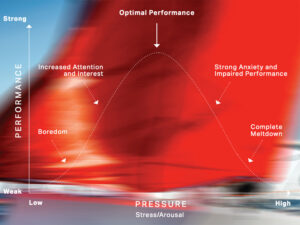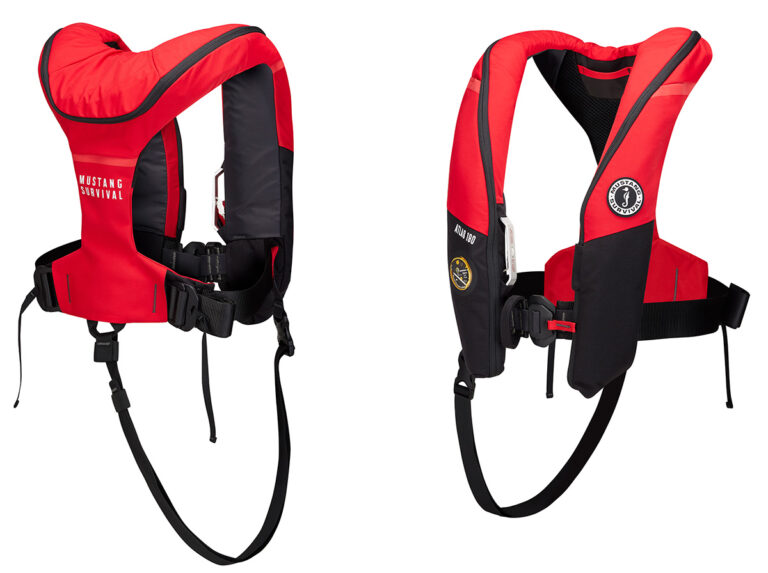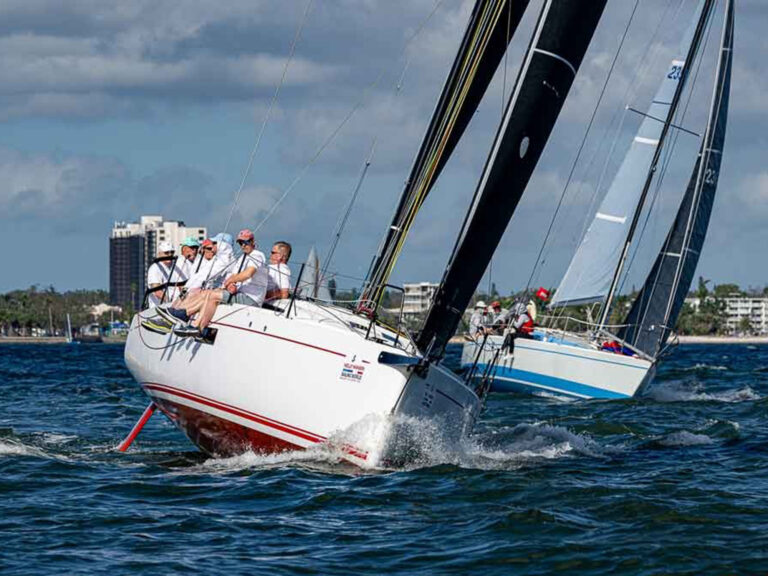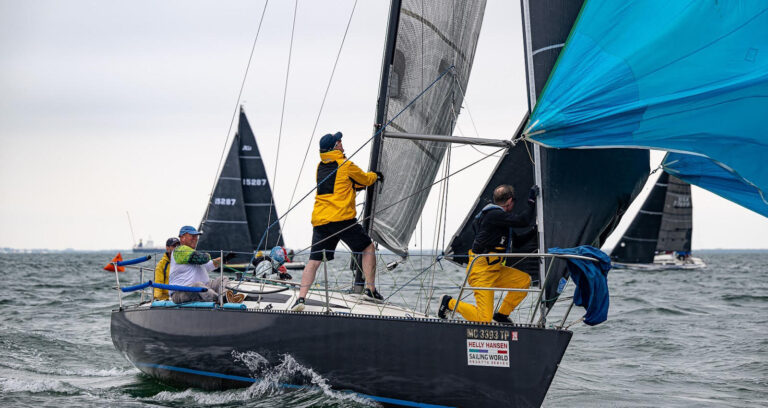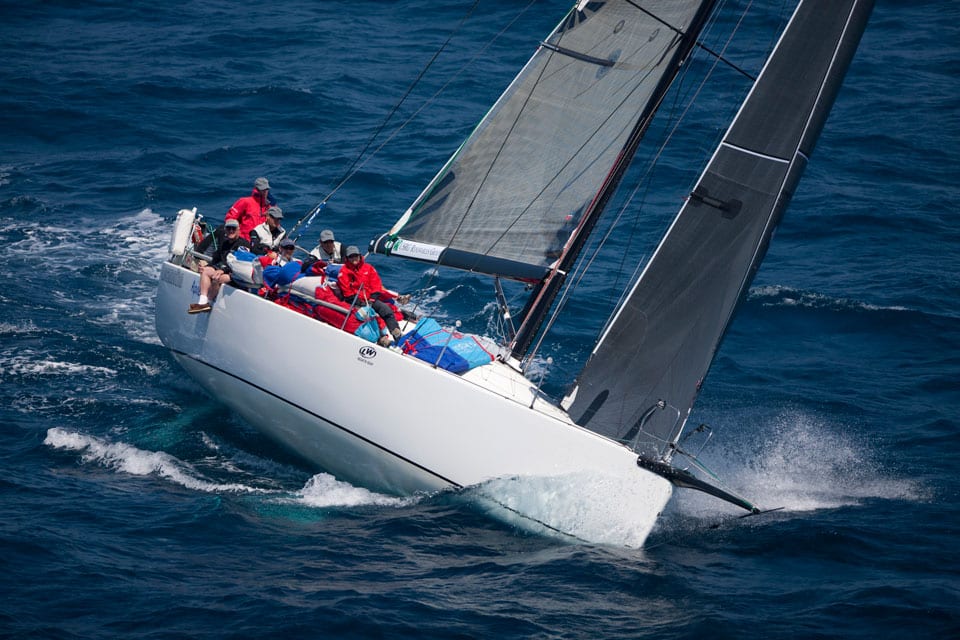
Rules May 2012
I recently asked the organizers of the Transpac Race when they last had a protest under the right-of-way rules. There was silence and some thoughtful scratching, and then one individual said, “I believe we had one in the 1990s.”
This wasn’t surprising because while incidents do occur before or immediately after the start, once boats separate, the odds of an incident become miniscule. Also, if there is an incident, competitors are more likely to take a penalty and avoid a protest hearing days, or even weeks, later. If there were to be a hearing of a Part 2 protest, the penalty for breaking a rule in an incident where there was no significant damage would likely be far less than disqualification.
Obviously, safety is a major concern for boats sailing well out to sea. The offshore community has developed its own extensive set of safety rules, The ISAF Offshore Special Regulations. The “Special Regs” are revised regularly by the International Sailing Federation. The Special Regs cover structural features and the stability of boats that enter offshore races as well as required supplies and equipment, including fixed and portable equipment and personal equipment used by the crew.
Of course, any race must have a Notice of Race and Sailing Instructions, and an offshore race is no exception. Most of us look to the NOR and SIs primarily for the schedule of races and the courses. There are, however, many important rules issues for offshore races that are not covered in either the racing rules or the Special Regs. These must be covered in the Notice of Race, in the Sailing Instructions, or in a special additional document, all of which are written by either the organizing authority or the race committee. Taken together, these documents are often very lengthy—running to as many as 40 or 50 pages. There are a few fundamental or “game defining” rules in these documents, but the bulk of the rules are procedural and designed to promote safety or to enable “spectators” to follow the course of the race on computer screens via the Internet.
Two game defining issues relate to Rule 41, Outside Help, and in particular to just how Rule 41(c) should be interpreted. That rule states that a boat may receive outside help “in the form of information freely available to all boats.”
For a race such as the Transpac, every navigator has Internet access and relies on electronically available weather forecasts for route planning. A boat owner could pay substantial fees for a private weather service. In an effort to make the Transpac a test of the skill of the crews on the boats—and not a test of the owners’ wallets and of talented experts on shore—the 2011 Transpac NOR contained a detailed rule amplifying Rule 41(c). In essence, competitors may only use weather information that is routinely available throughout the year to the general public, without charge, and whose availability is “publicly indexed,” i.e., it can be found via any search engine.
The advance of communication technology is rapid and relentless. This 2011 Transpac rule may have been made obsolete by Google’s recent announcement that its search engine will soon give personalized search results based on the computer user’s recent search requests. Such a practice will cloud the meaning of “publicly indexed.”
An offshore race also differs from an around-the-buoys race in that you can’t simply look around and keep tabs on the fleet. Competitors would like to have some idea of what the competition is doing during a race, but they don’t want to reveal their own strategy. So a rule is required to provide a compromise between complete up-to-the-minute data and incomplete data. Every boat in the Transpac, for example, carries a tracking device, and a computer program allows the track of each boat in the race to be seen in real time. An issue for race organizers is how much access a competitor should have to this data. If competitors had unlimited access, the expertise of an experienced navigator would be negated because his or her route would be known to the entire fleet.
Providing delayed access or occasional snapshot access, say once a day, would allow a competitor to make a tactical move without telegraphing it to the rest of the fleet.
Another game defining issue involves Rule 51, which requires all movable ballast to be properly stowed during a race. When you expect to be on a starboard-tack spinnaker reach for a week or two, you’d love to be able to position some ballast to maximize your speed. Transpac competitors expect to be on starboard tack most of the way to Hawaii. Several rules in the NOR make it clear just what may, and what may not, be moved. At the request of competitors, Rule 51 is changed to permit sails that are not in use to be lashed down on deck. The rule puts no limit on the movement of such sails. This opens up the space down below and, without the presence of soggy sails, makes it a much more pleasant living environment. However, the NOR prohibits the design or loading of a boat such that she lists to starboard, and it also places strict limits on how fuel, water, and other “potable liquids” must be stored.
Last year I was asked by officers of the Transpacific YC, organizers of the biennial Transpac Race, to review the race’s rules and make suggestions for improvement. More recently I’ve been asked to serve on the protest committee for this year’s Chicago to Mackinac Race. As I study the rules written by organizers of these races, two ideas are emerging. First, the offshore community should form an expert committee of experienced offshore race organizers and competitors. This committee would be asked to study the NORs and SIs from the leading offshore races and then publish a recommended or standard NOR and SIs.
These would be specialized versions of Appendices K and L just for offshore racing. Second, because almost all penalties given for breaking rules in an offshore race are discretionary penalties that are less than disqualification. The offshore community should develop a website with a database of offshore-race protest committee decisions showing the facts found, the rule broken, and the penalty given. The availability of this website would enable a protest committee to appropriately penalize a boat, applying a fair time penalty or a scoring penalty, one that’s in line with what other boats had been assigned in prior offshore races for similar offences.




